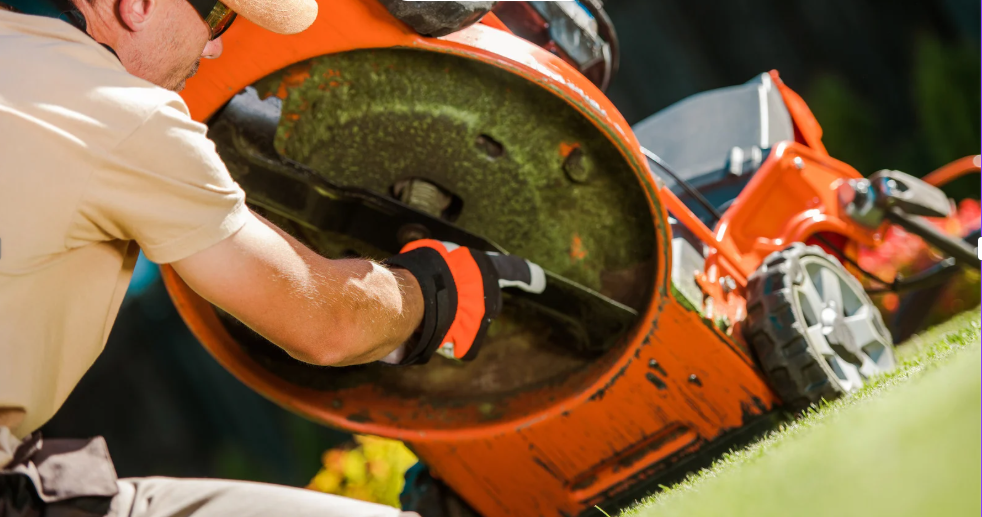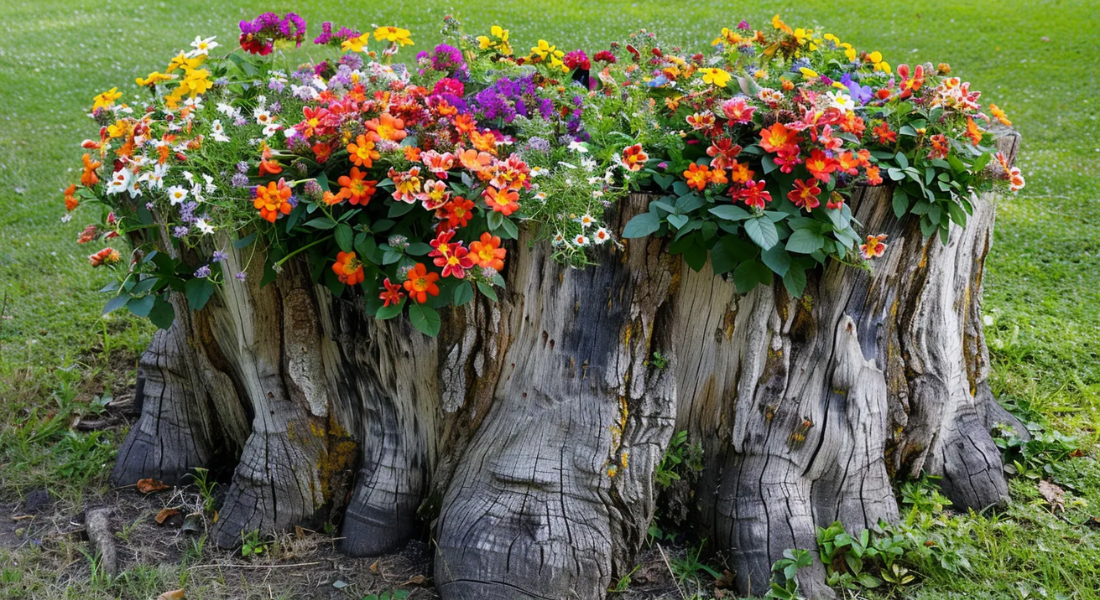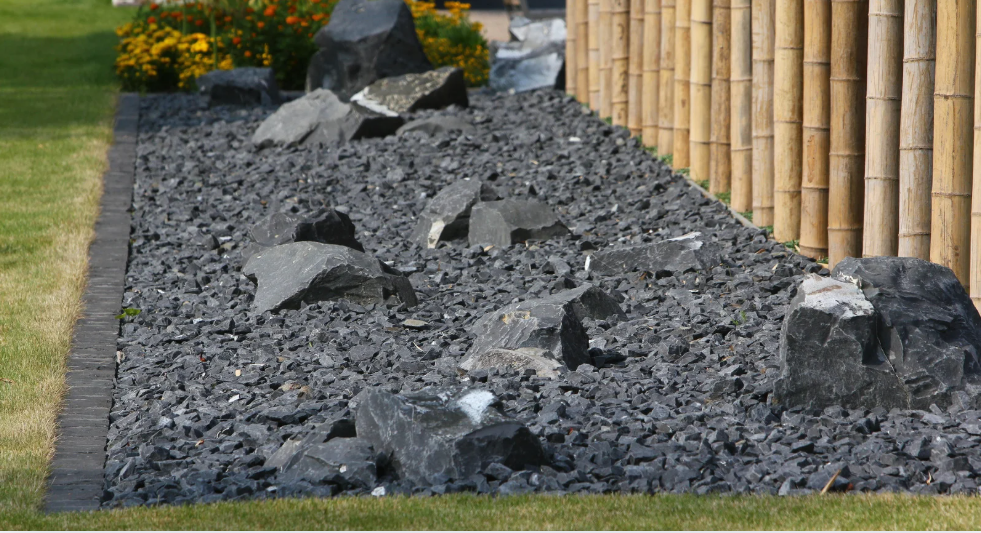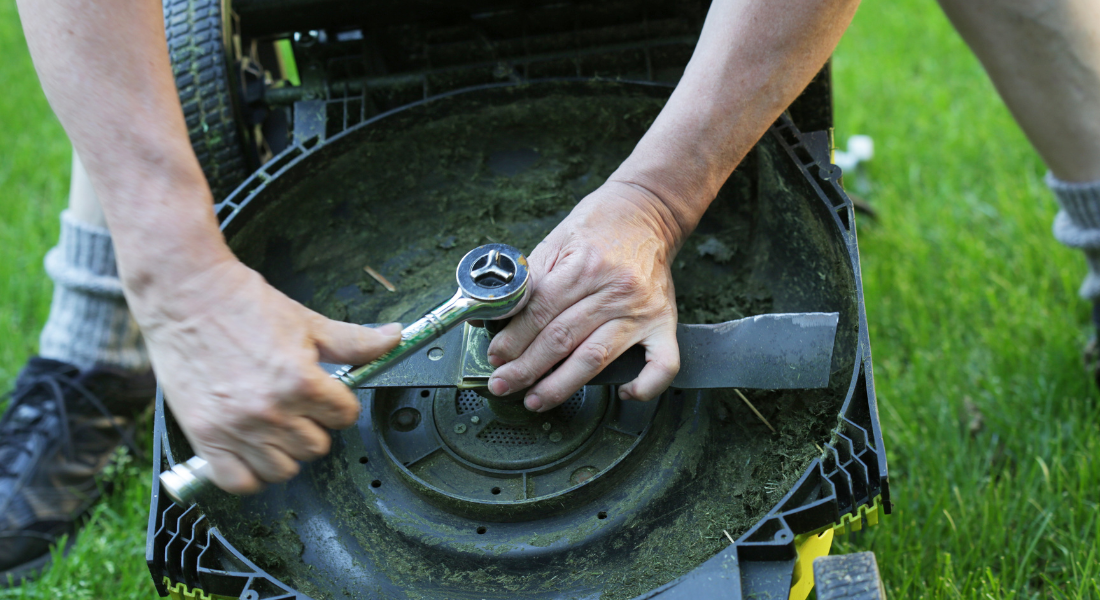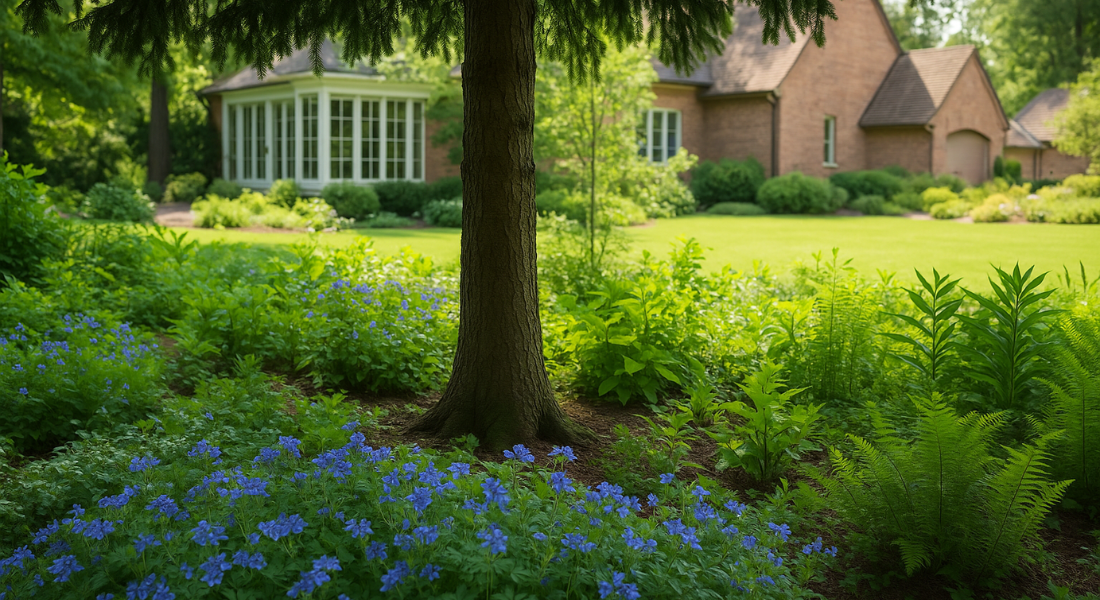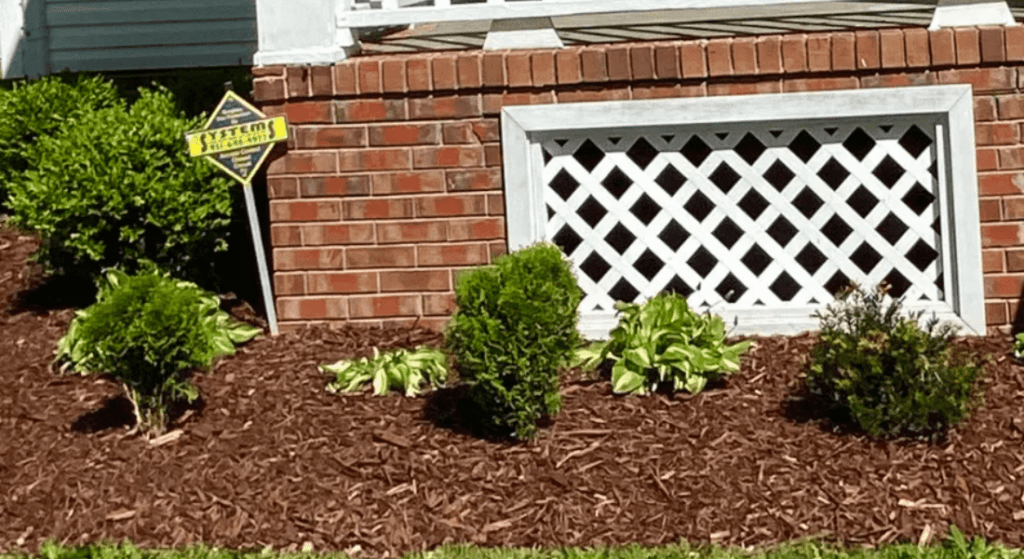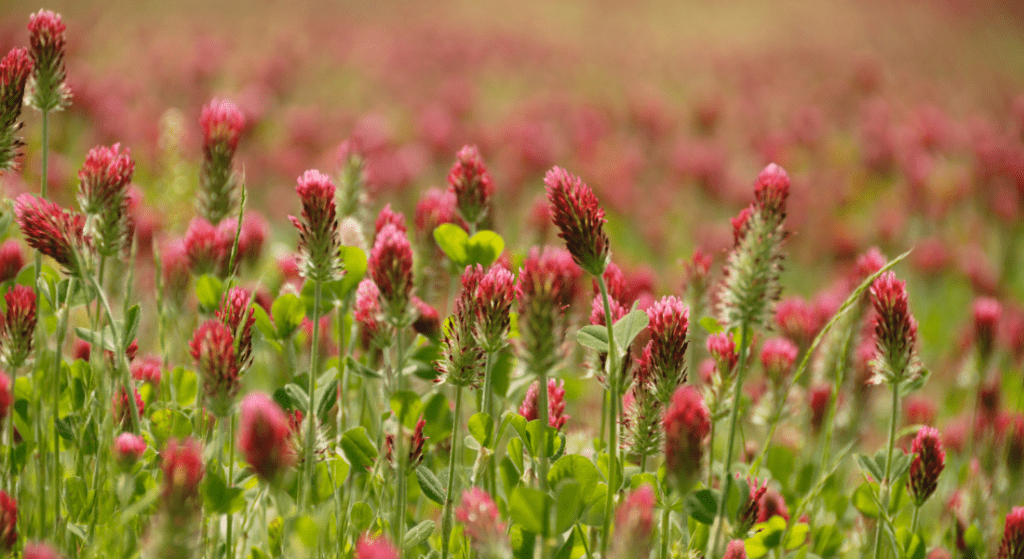How Often Should You Mow Your Lawn in Clarksville, TN?
Taking care of your lawn in Clarksville, Tennessee can be tricky. You might wonder, “ Am I mowing too much or not enough? ” If you mow too little, the grass looks messy and overgrown. But if you mow too often, you can hurt the lawn.
The good news? Keeping your lawn looking healthy and green doesn’t have to be complicated. By knowing the right time to mow and following a few simple lawn care steps, you can have a great-looking yard without all the hassle. Ready to make your lawn stand out? Let’s dive in!
How Often Should You Mow?
The big question: How often to mow your lawn? Well, that kind of depends on your lawn’s health and how fast it grows. Here in Clarksville, with our hot summers and mild winters, your grass can grow like crazy in the warmer months.
Here’s the deal—if you’re having to remove more than 1/3 of the grass blade’s length each time you mow, you’re not mowing often enough. Ideally, you should be mowing every 3 to 4 days during peak growing season. Yeah, that might sound like a lot, but trust me, your lawn will love you for it!
Let’s say you’re mowing every Saturday and realize you’re cutting off 50% of the grass blades. That’s a sign you should probably start mowing twice a week or every few days. You don’t want to stress out your grass by cutting too much at once—that’ll lead to thinning and patchy spots. Keep it consistent!
What’s the Best Mowing Schedule for Clarksville?
Alright, now that we know how often you should mow, let’s talk about the best mowing schedule.
In Clarksville, your mowing schedule will shift depending on the season. In the spring and summer , when the grass is growing the fastest, mow the lawn twice a week . When fall rolls around and growth slows, you can cut back to once a week . In the winter, you can take it easy since your grass will go dormant and won’t need much mowing at all.
Mowing Tips for a Healthy Lawn
You want a lawn that stays green and healthy all year, right? Then check out these simple mowing tips:
- Keep your mower blades sharp : Dull blades tear the grass instead of cutting it cleanly. You want a smooth cut to avoid damaging the grass.
- Don’t mow wet grass : It’s tempting, but mowing when your grass is wet can lead to uneven cuts and clumping.
- Leave the grass a little longer : In the summer heat, keeping your grass about 2 to 3 inches tall will help protect it from drying out.
Following these tips will make sure your lawn stays lush and green all season long.
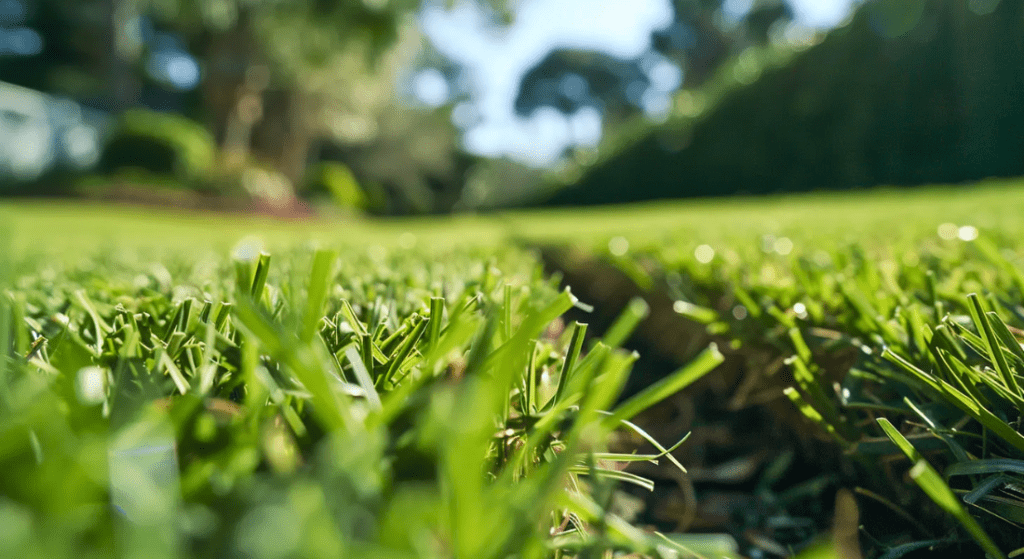
What Type of Grass Are You Mowing?
Before you even start your mower, it’s super important to know what kind of grass you’re working with. In Clarksville, you’re most likely dealing with Bermuda grass or Zoysia grass —both are warm-season grasses that thrive in our climate.
Bermuda grass does great when it’s cut to around 1.5 inches , while Zoysia likes a little more length, around 2 to 2.5 inches . Knowing your grass type helps you figure out how short or long to keep it, and how often it needs mowing.
How Short Should You Cut Your Grass?
Speaking of length, how short should you cut your grass? Well, the general rule is to never cut more than 1/3 of the grass blade at a time. If you cut too much, you can stress the grass, which will lead to a weaker lawn.
In the peak summer heat, keep your grass a bit longer—this will help it retain moisture and stay healthier.
When Should You Start Mowing in Spring?
Spring is when your grass starts waking up from winter and begins to grow again. But don’t jump into mowing too early!
Wait until your lawn reaches around 2 to 3 inches before you start mowing. If you mow too soon, you risk stressing out the grass and stunting its growth. A good rule is to start mowing once the soil temperature hits around 55°F .
Can You Mow Too Much?
Absolutely! Over mowing is a real thing, and it can do more harm than good. If you’re cutting your grass too often, especially in the heat, it can weaken the roots and make it harder for the grass to recover.
You’ll know if you’re over-mowing if your lawn starts to look thin or patchy . In that case, give your grass a little break and let it grow out before the next mow.
Should You Bag or Leave Grass Clippings?
Here’s a common question: Should you bag your grass clippings or leave them on the lawn? The answer is— leave them !
As long as you’re mowing regularly and not cutting too much at once, leaving clippings can actually benefit your lawn. The clippings decompose and act as a natural fertilizer, returning nutrients back to the soil. But, if your grass has gotten a little too long before you mow, go ahead and bag the clippings to avoid clumping.
Does Your Lawn Need Fertilizer?
Mowing is only part of keeping your lawn in top shape. To really get that rich, green look, you’ve got to fertilize. In Clarksville, you’ll want to fertilize in the spring and fall with a slow-release fertilizer. This will help feed your lawn over time and encourage steady growth.
Just be careful not to overdo it—over-fertilizing can lead to fast, uneven growth that requires even more mowing.
Too Busy? Consider Hiring a Lawn Service!
Let’s be honest—mowing your lawn every few days can feel like a lot, especially when you’re busy. If you’re tired of spending your free time cutting grass, it might be a good idea to hire someone to do it for you.
At GreenLife Services, we’ll take care of your lawn so you don’t have to. Our team knows the best way to mow your grass to keep it healthy and green. Call us today to schedule your lawn care service.
Quick Recap: Mowing Your Clarksville Lawn Like a Pro
- Mow every 3-4 days during peak growing seasons. If you’re cutting more than 1/3 of the grass blade, mow more often.
- Stick to a once-a-week schedule in the cooler months and give it a break in winter.
- Know your grass type —whether it’s Bermuda or Zoysia, this will help determine your mowing height.
- Leave the clippings if they’re short; bag them if you’ve let the grass grow too long.
- Fertilize your lawn in spring and fall for the best results.
And there you have it! With these tips, your Clarksville lawn will be looking fresh, green, and healthy all year long. Happy mowing, and thanks for watching!
FAQs
Q. How frequently should you mow your lawn?
A. You should mow your lawn about once a week during the growing season. However, if your grass grows quickly or after heavy rainfall, you might need to mow more often. Always aim to cut no more than one-third of the grass blade length at a time to keep your lawn healthy.
Q. Does mowing more often help?
A. Yes, mowing more often can help promote a healthier lawn. Frequent mowing encourages grass to grow thicker and stronger. It also helps prevent weeds from taking over. Just remember not to cut more than one-third of the grass blade height at once to avoid stressing the grass.
Q. Is it OK to leave grass cuttings on the lawn?
A. Absolutely! Leaving grass cuttings on the lawn, also known as grass cycling, can be beneficial. The clippings break down and return valuable nutrients to the soil, helping to nourish your lawn. Just make sure the clippings aren’t too long; if they are, it’s best to bag them to prevent smothering the grass.
Q. What is the best way to mow a lawn?
A. The best way to mow a lawn is to follow these simple tips:
Mow when the grass is dry: Wet grass can clump and make a mess.
Keep mower blades sharp: Sharp blades make clean cuts and keep the grass healthy.
Change your mowing pattern: Switching up your direction each time help prevent soil compaction and encourages upright growth.
Set the right cutting height: Adjust your mower to the correct height based on your grass type.
Q. How high should you cut your grass?
A. The ideal cutting height depends on the type of grass you have. Generally, most grasses should be cut to a height of about 2.5 to 4 inches. For example, Bermuda grass is best at about 1 to 2 inches, while tall fescue can be kept at about 3 to 4 inches. Always check what’s best for your specific grass type to maintain a healthy lawn!
